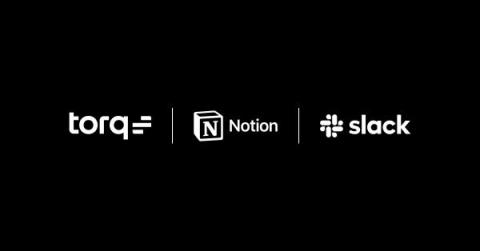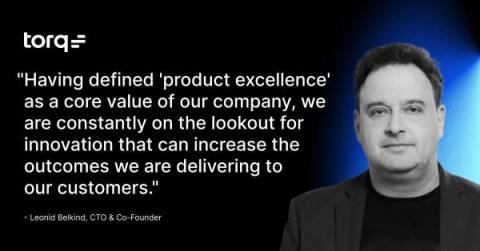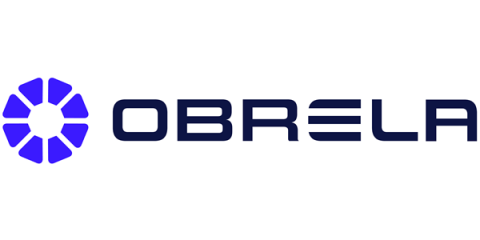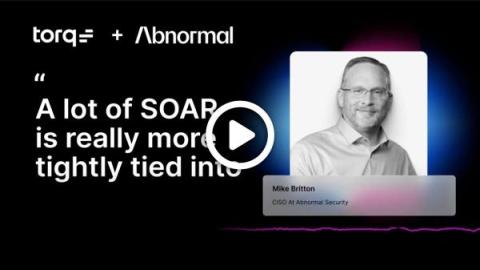Revolutionizing SecOps: Unleashing the Power of Network Insights
In the fast-paced world of cybersecurity, Security Operations (SecOps) teams face an ever-evolving landscape of threats and challenges. As a professional in the NetOps, SecOps, or CloudOps field, you understand the critical importance of staying ahead of cyber adversaries and safeguarding your network infrastructure. That's where Forward Networks steps in, offering innovative solutions that revolutionize SecOps by supercharging your network insights and capabilities.











